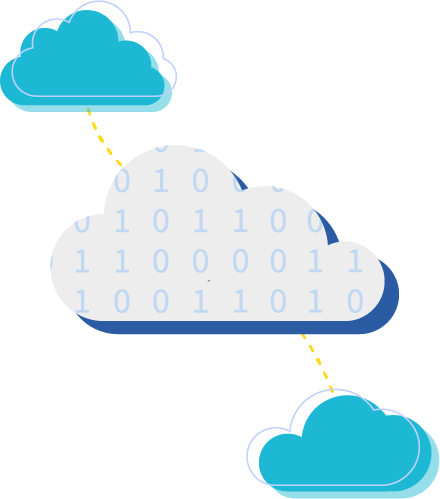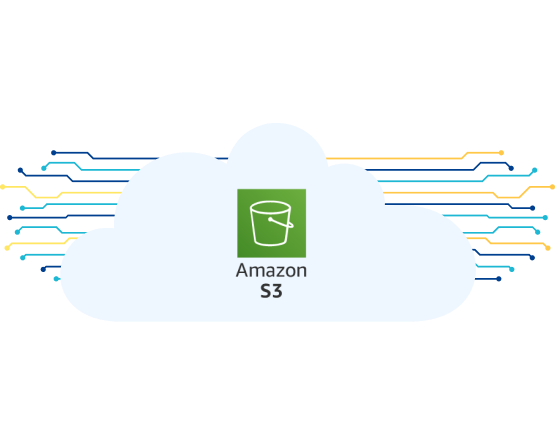×
At kloia, our definition of Cloud-Native goes beyond mere containerization. In addition to following standard cloud-native practices, we emphasize harnessing the benefits of cloud computing and leveraging managed resources such as Platform as a Service (PaaS) and serverless architectures. We also advocate for a decoupled polyglot architecture model, coupled with best practices using Kubernetes.
The range and diversity of functions, resources, and services provided by cloud providers have significantly expanded. It's highly likely that you'll find ready-made services that can replace the need for developing everything from scratch. By taking advantage of these cloud functions, the Cloud-Native approach can help save valuable time and money.
As part of our modernization projects, we introduce several Cloud functions, including:
Utilize the benefits of serverless architectures for scalable and event-driven applications. With serverless, you can focus on writing code to handle business logic while the cloud provider takes care of scaling, infrastructure management, and fault tolerance.
Leverage managed databases, key-value stores, and message queues such as Amazon RDS, DynamoDB, and Amazon SQS to offload operational burdens. These services provide built-in resilience, automated backups, and scaling capabilities, allowing you to focus on your application logic rather than infrastructure management.
Employ AWS Glue, Athena, and EMR to simplify your data processing workflows. AWS Glue provides fully managed extract, transform, and load (ETL) capabilities, while Athena enables interactive SQL querying on your data stored in S3. EMR (Elastic MapReduce) helps with large-scale data processing using popular frameworks like Apache Spark and Hadoop.


Utilise Amazon S3, a reliable and scalable storage solution for storing and retrieving large volumes of unstructured data. With S3, you can store files, images, videos, and other types of data, and seamlessly integrate them into your applications or share them across multiple platforms.
Implement various triggers that respond to specific events, such as file uploads, database changes, or messages arriving in a queue. These triggers enable seamless automation and workflows, allowing your application to react to events in real time and trigger subsequent actions or processes.
By adopting a Cloud-Native approach and leveraging these cloud functions, you can streamline your application development and operations, resulting in improved efficiency and cost-effectiveness. You'll have the flexibility to scale your applications based on demand, reduce infrastructure management overhead, and take advantage of managed services that are continuously evolving to meet your needs.
It's important to note that the Cloud-Native transition requires careful planning, architectural considerations, and ongoing optimization. Our team at kloia has expertise in guiding organizations through this journey, ensuring a smooth transition, and helping you fully leverage the power of containers and cloud resources.